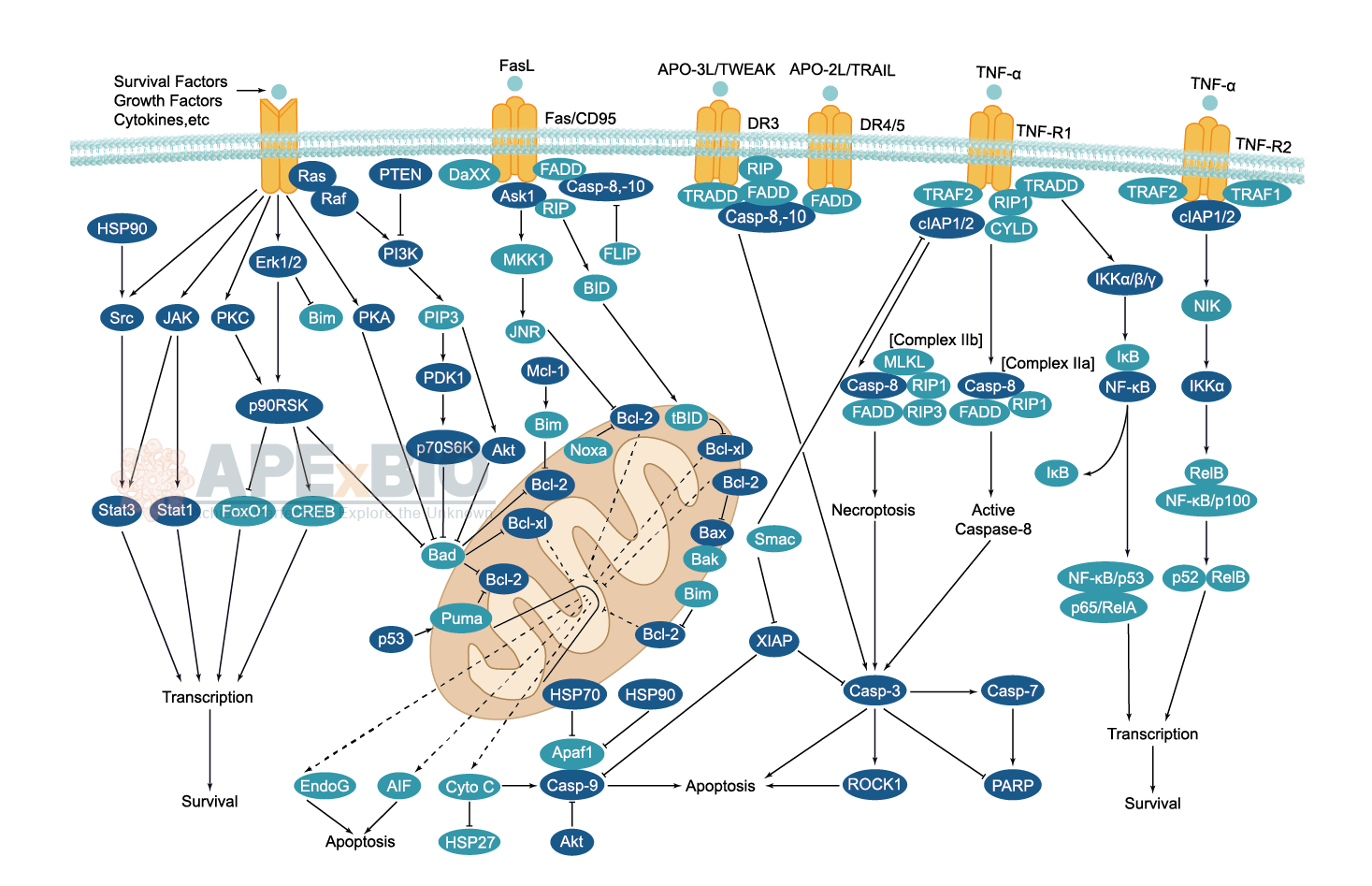Apoptosis
Apoptosis, also known as programmed cell death, is rigorously controlled process of cell death that leads to phagocytosis of unwanted cell. It is triggered after sufficient cellular damage and activated through extrinsic or intrinsic pathways. The intrinsic pathway is mainly occurs via release of cytochrome c from the mitochondria and regulates mitochondrial outer membrane permeabilization by Bcl-2 family proteins. The extrinsic pathway is induced by ligand binding to death receptor, such as Fas, TNFαR, DR3, DR4, and DR5. Caspases then cleave target proteins and nuclear lamins to promote DNA degradation, resulting apoptotic cells undergo phagocytosis. In addition, p53 has the ability to activate intrinsic and extrinsic pathways of apoptosis by inducing transcription of several proteins like Puma, Bid, Bax, TRAIL-R2, and CD95.
Some Inhibitors of apoptosis proteins (IAPs), such as XIAP/BIRC4 and Bruce/BIRC6, can block casapse activity through direct binding, while other IAPs, such as cIAP1/BIRC2, cIAP2/BIRC3, act as ubiquitin ligases that target caspases for ubiquitin-mediated degradation. Apoptosis is essential for growth, development and aging in multicellular organisms. Any alterations or abnormalities occurring in apoptotic processes contribute to development of human diseases, including cancer.
-
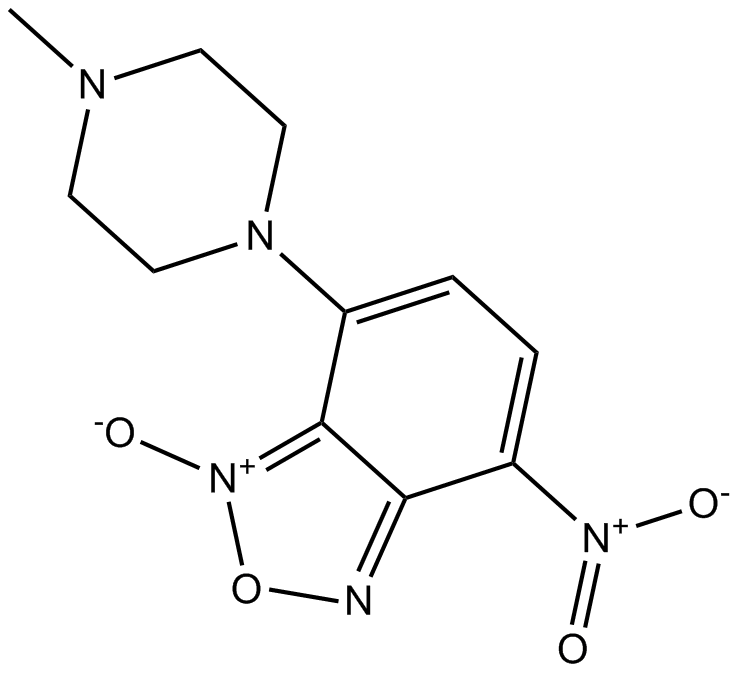 A4209 NSC 207895 (XI-006)Target: MDMXSummary: MDMX inhibitor,anti-cancer agent
A4209 NSC 207895 (XI-006)Target: MDMXSummary: MDMX inhibitor,anti-cancer agent -
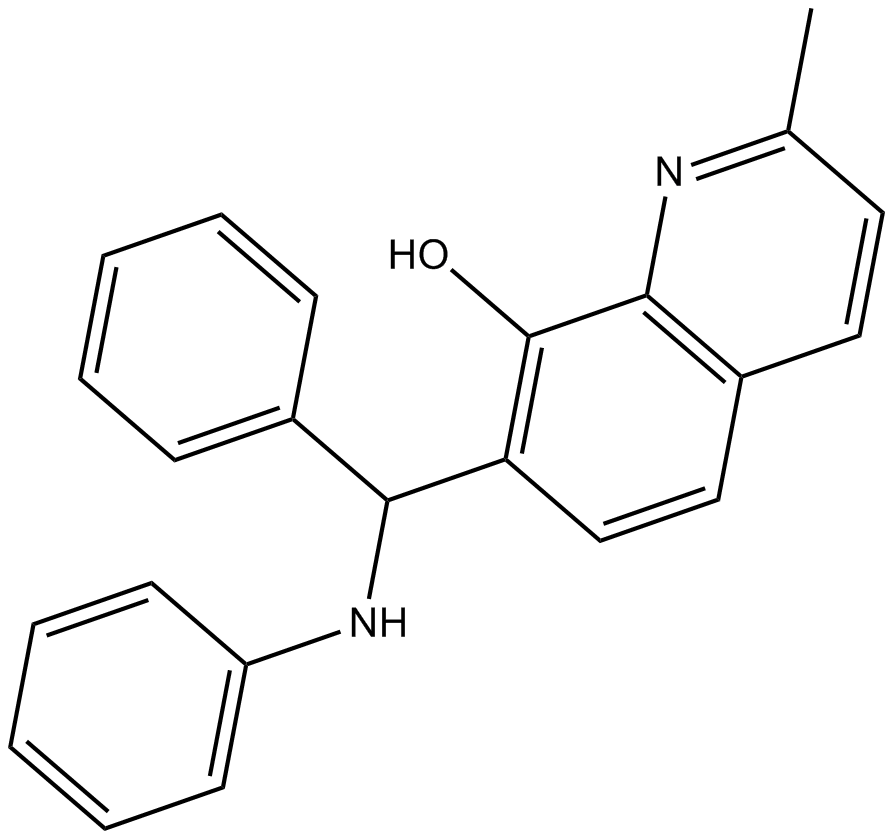 A4230 NSC 66811Summary: MDM2 inhibitor
A4230 NSC 66811Summary: MDM2 inhibitor -
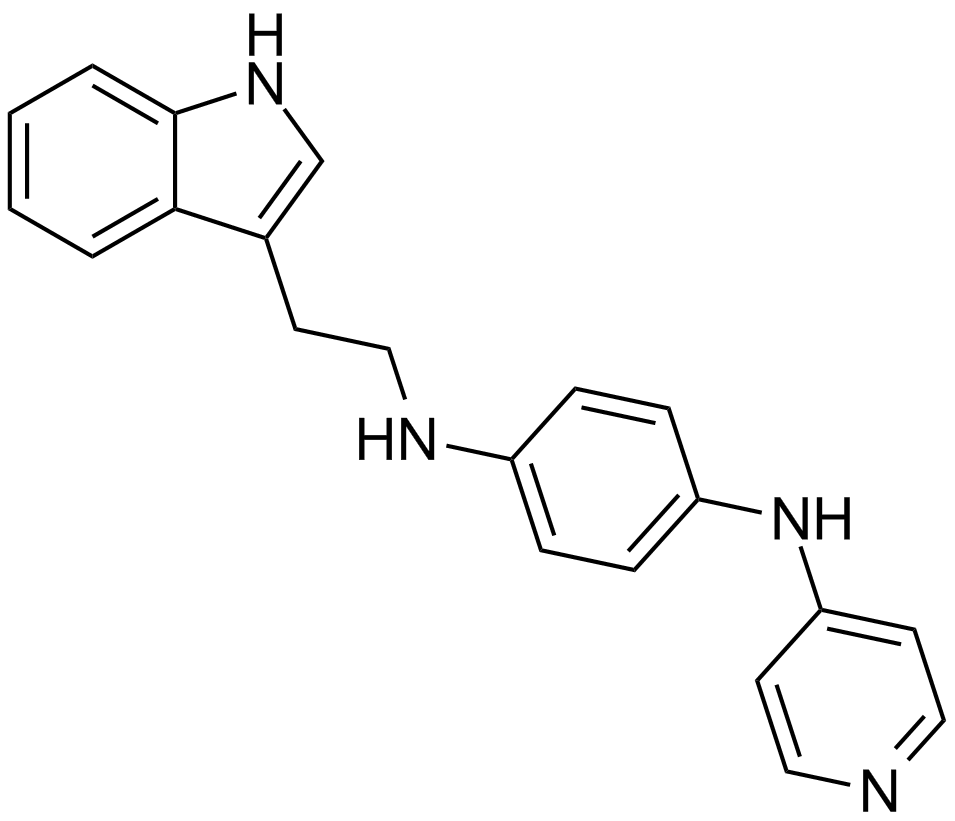 A4204 JNJ-26854165 (Serdemetan)1 CitationTarget: p53|HDM2 ubiquitin ligaseSummary: P53 activator, blocking Mdm2-p53 interaction
A4204 JNJ-26854165 (Serdemetan)1 CitationTarget: p53|HDM2 ubiquitin ligaseSummary: P53 activator, blocking Mdm2-p53 interaction -
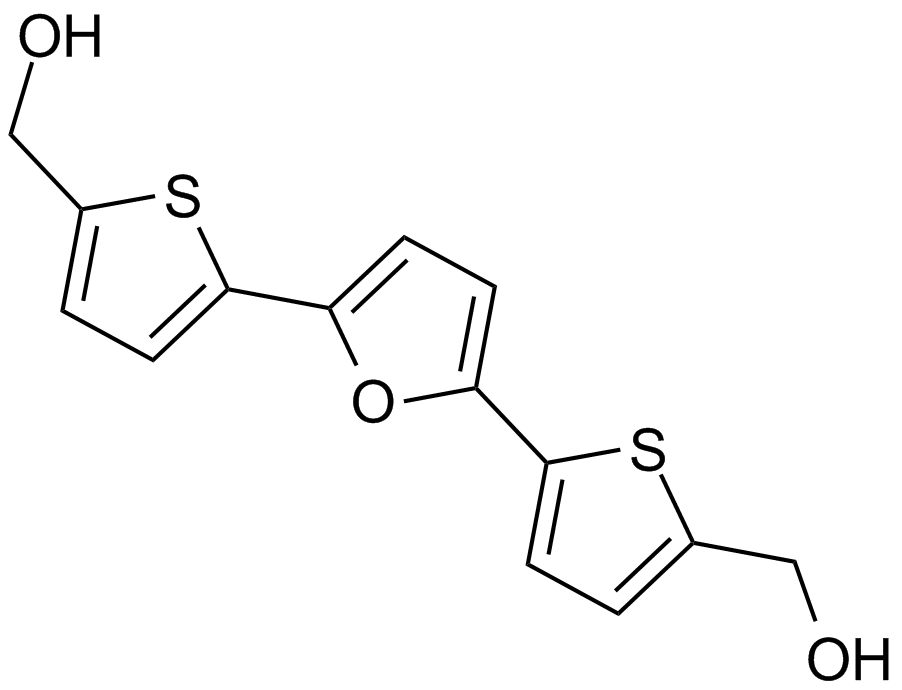 A4202 RITA (NSC 652287)Summary: Mdm2-p53 interaction and p53 ubiquitination blocking
A4202 RITA (NSC 652287)Summary: Mdm2-p53 interaction and p53 ubiquitination blocking -
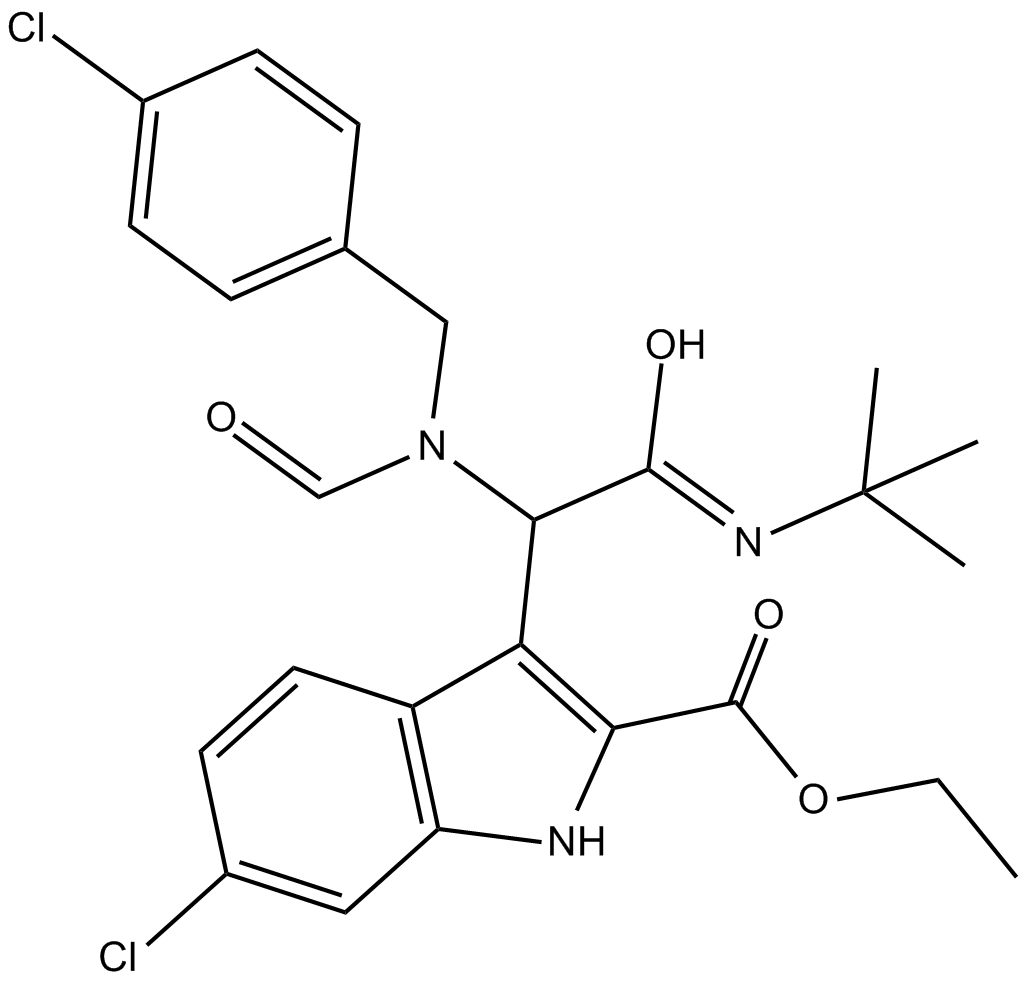 B4756 YH239-EESummary: p53-MDM2 antagonist, potent
B4756 YH239-EESummary: p53-MDM2 antagonist, potent -
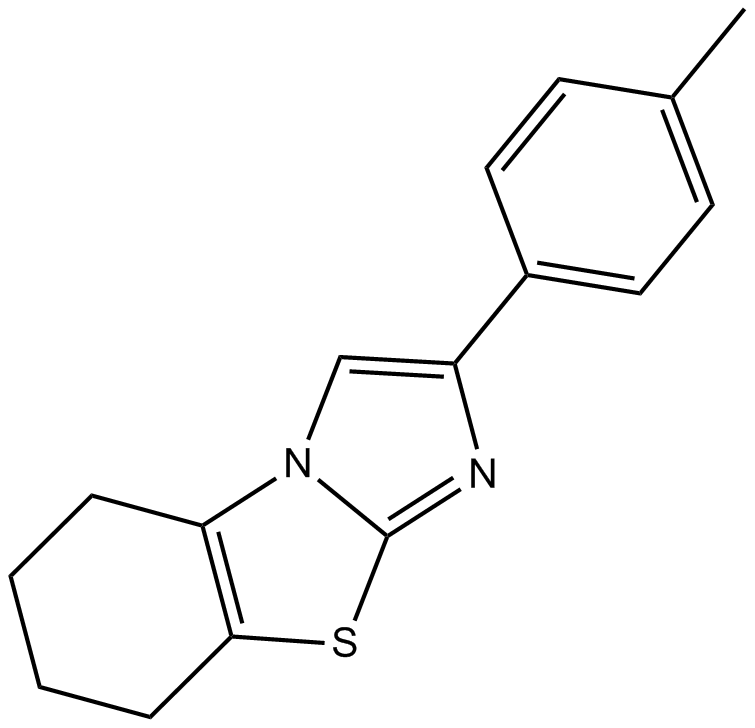 B4813 Pifithrin-βSummary: potent p53 inhibitor
B4813 Pifithrin-βSummary: potent p53 inhibitor -
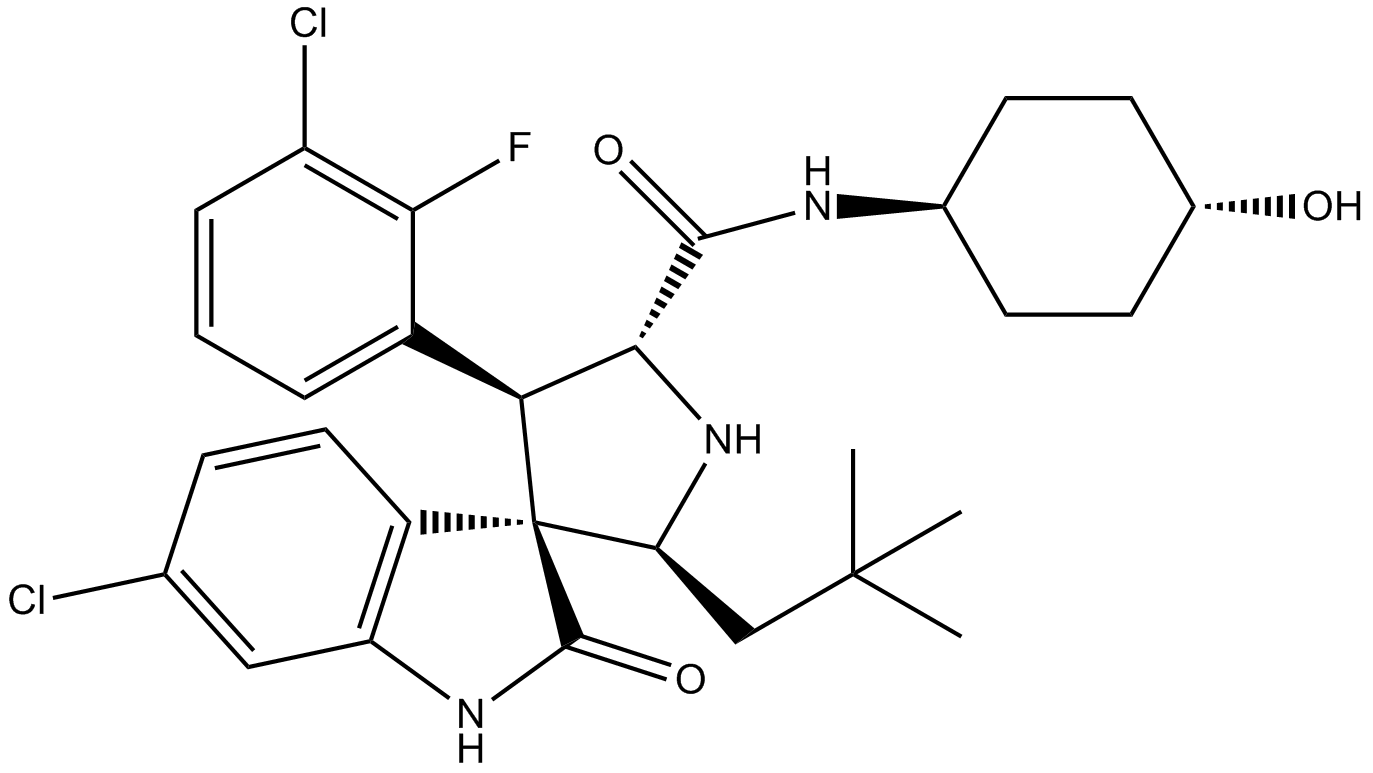 B4984 MI-77301 (SAR405838)Summary: orally available MDM2 antagonist
B4984 MI-77301 (SAR405838)Summary: orally available MDM2 antagonist -
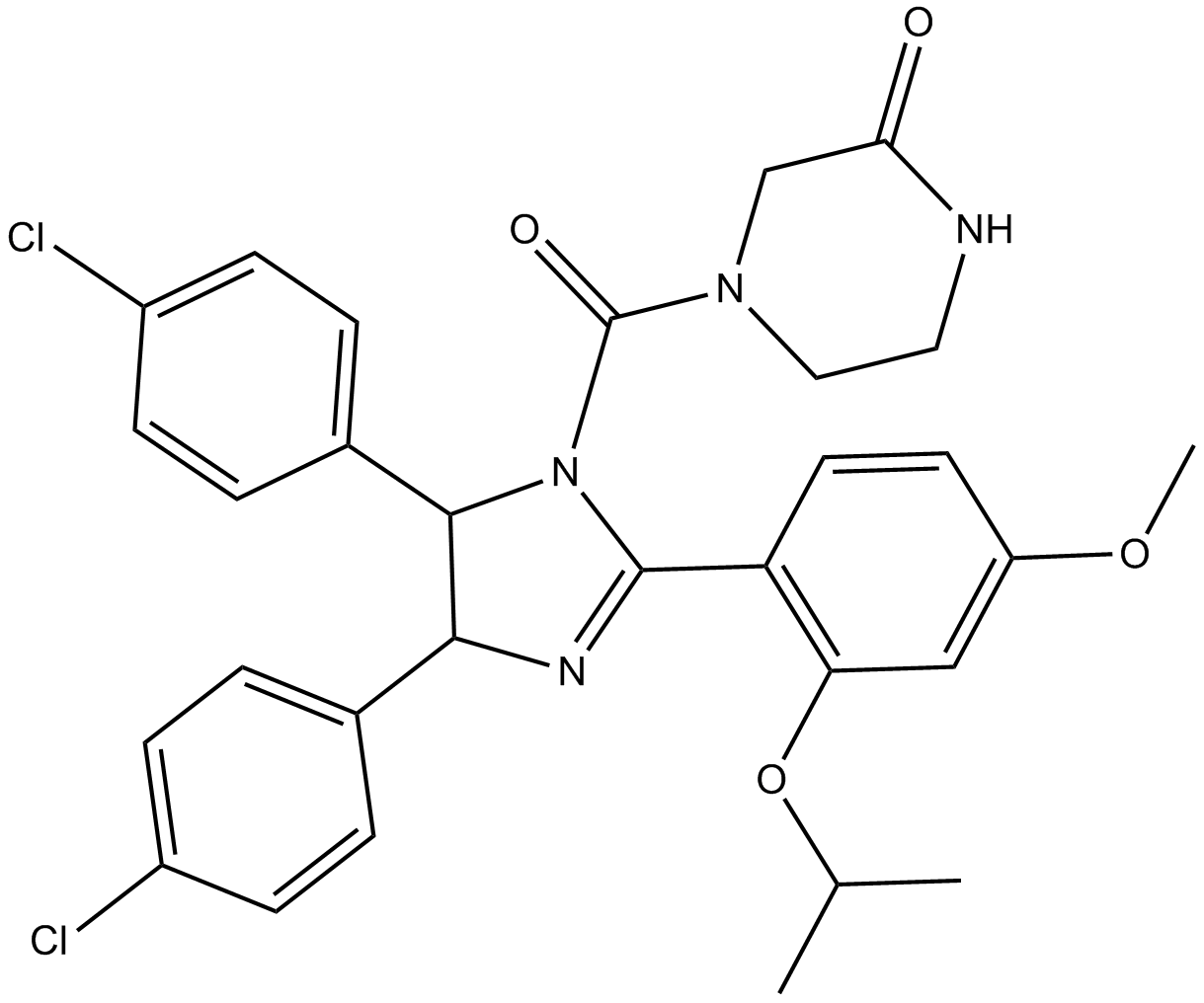 B6058 (±)-Nutlin-3Summary: MDM2 antagonist, potent and selective
B6058 (±)-Nutlin-3Summary: MDM2 antagonist, potent and selective -
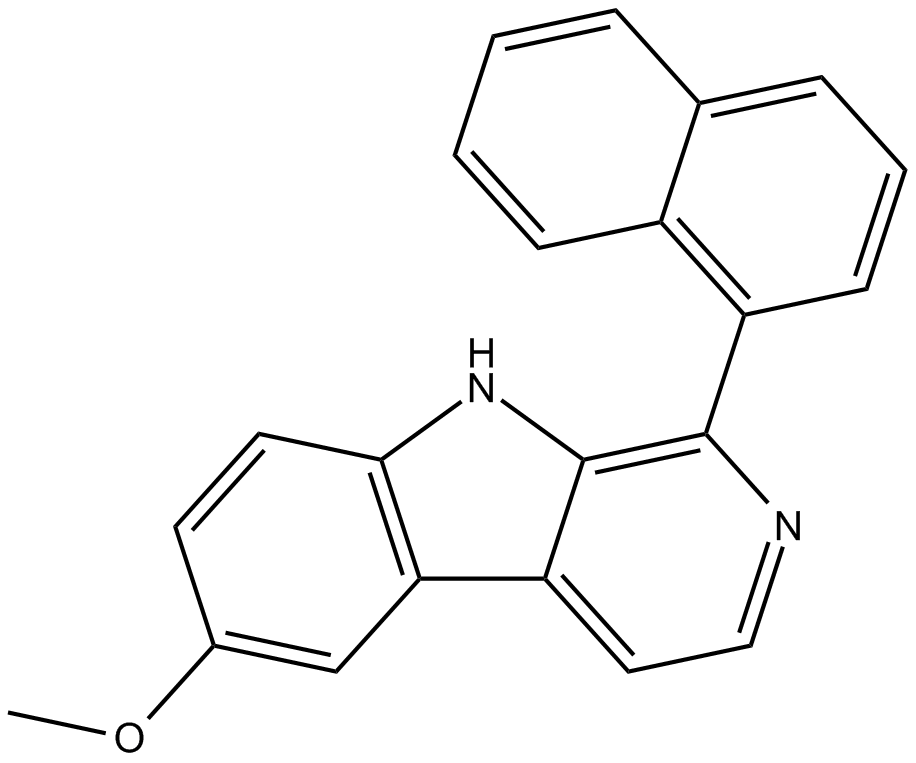 C4120 SP 141Summary: Mdm2 inhibitor
C4120 SP 141Summary: Mdm2 inhibitor -
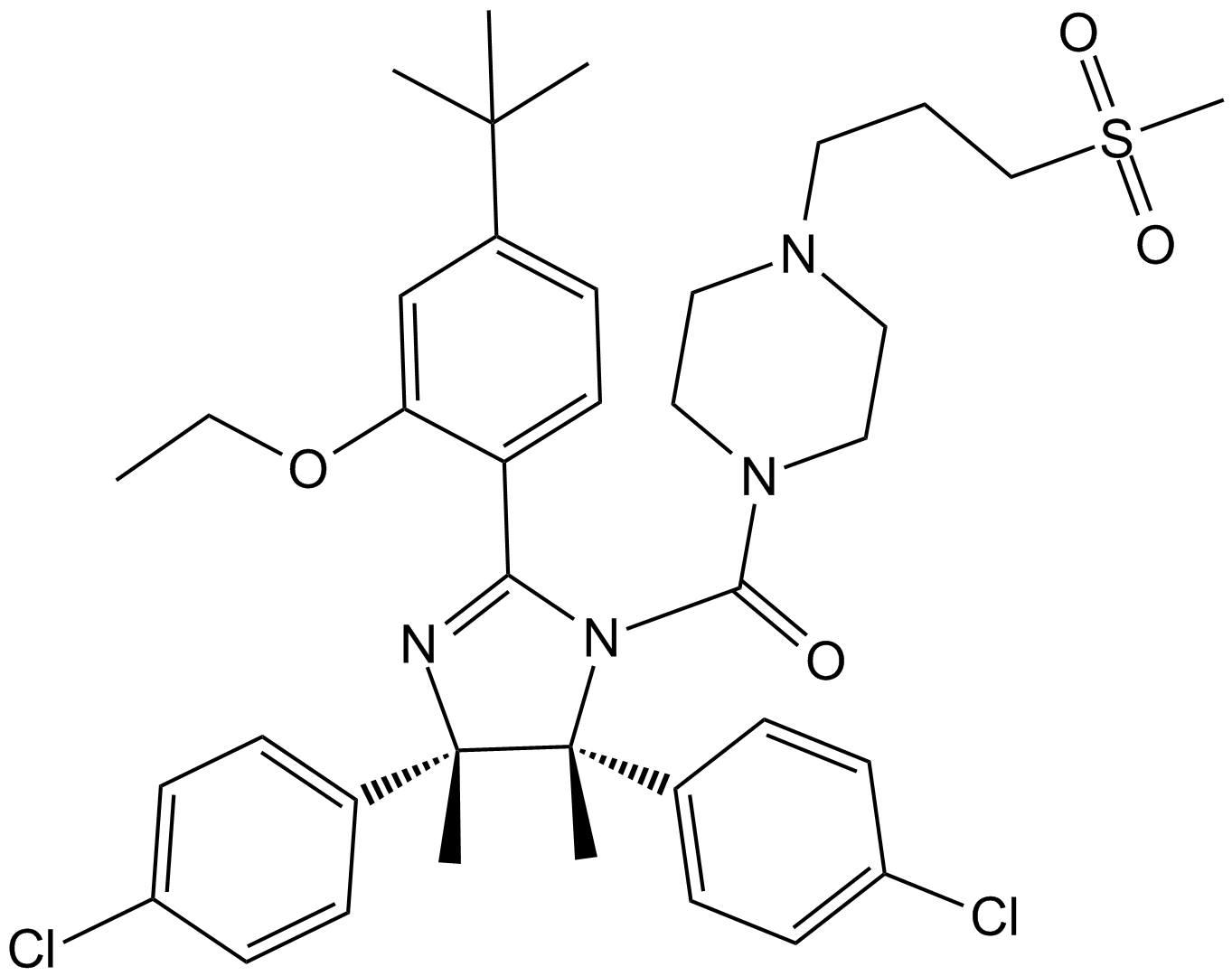 A3762 RG71125 CitationTarget: MDM2Summary: MDM2 inhibitor, first clinical
A3762 RG71125 CitationTarget: MDM2Summary: MDM2 inhibitor, first clinical


